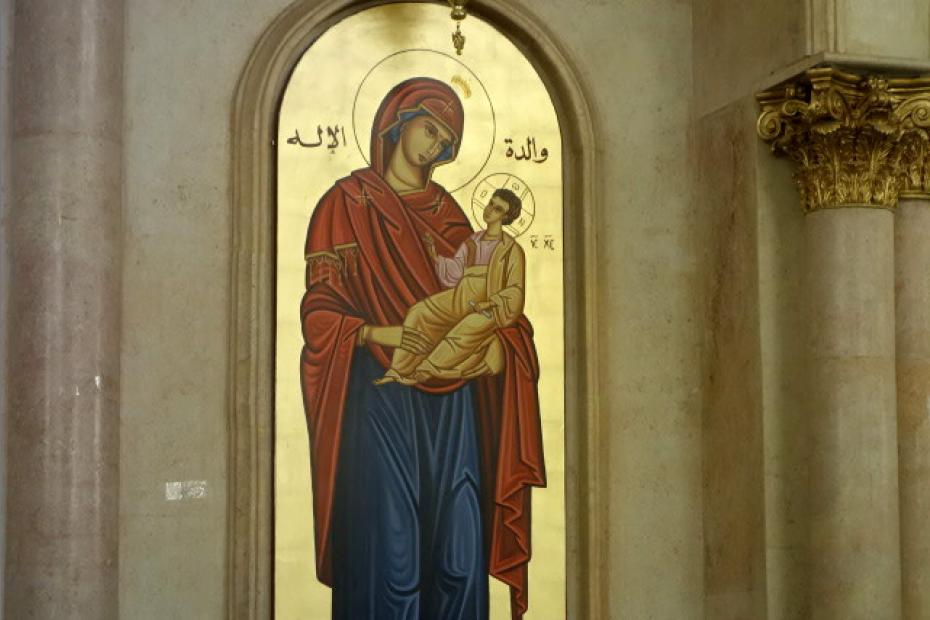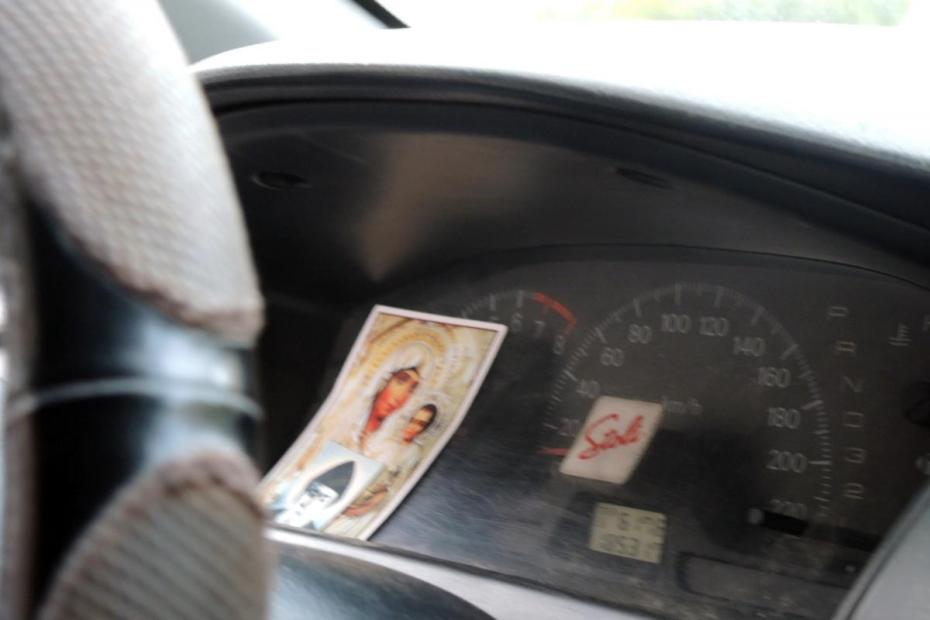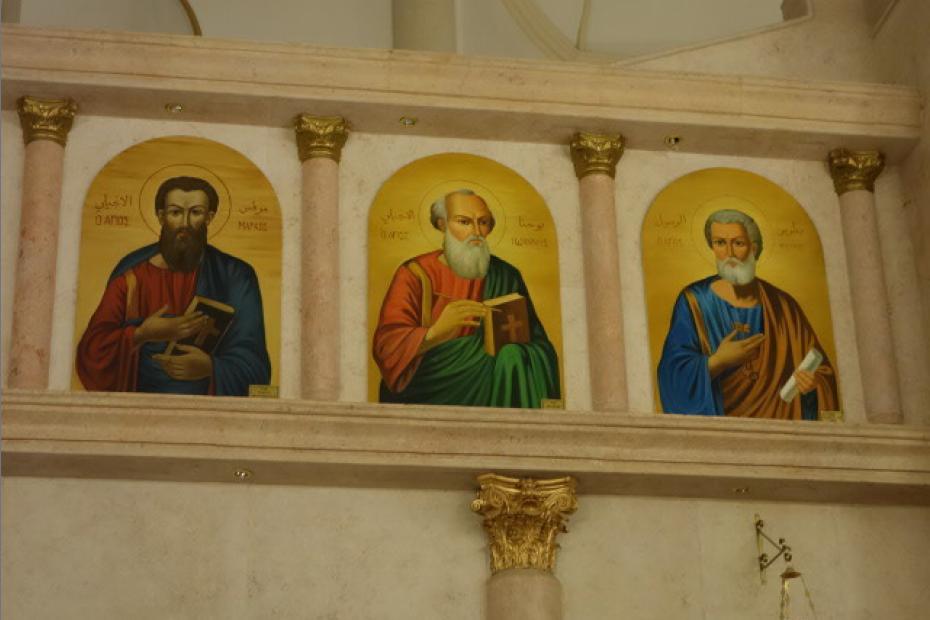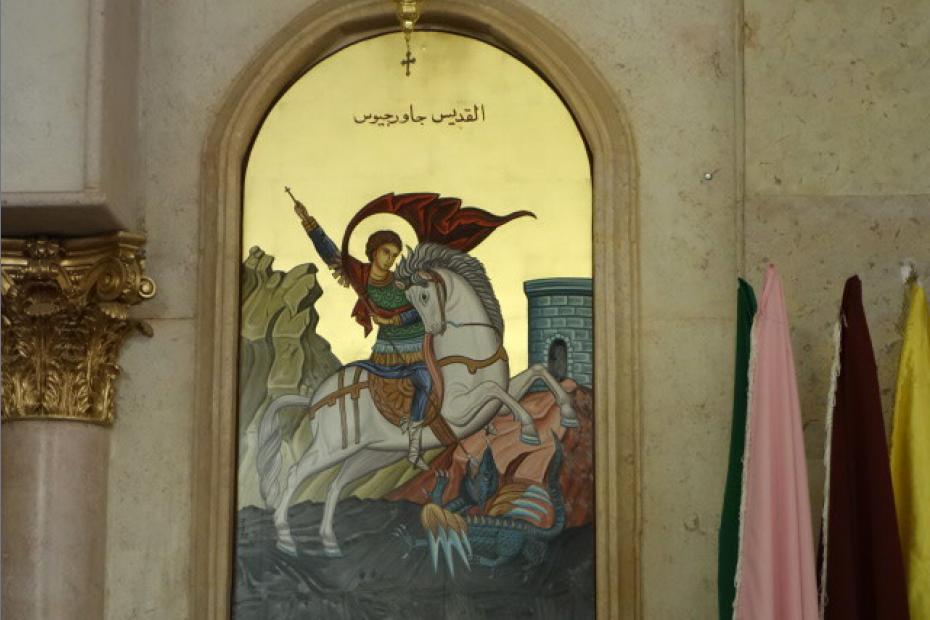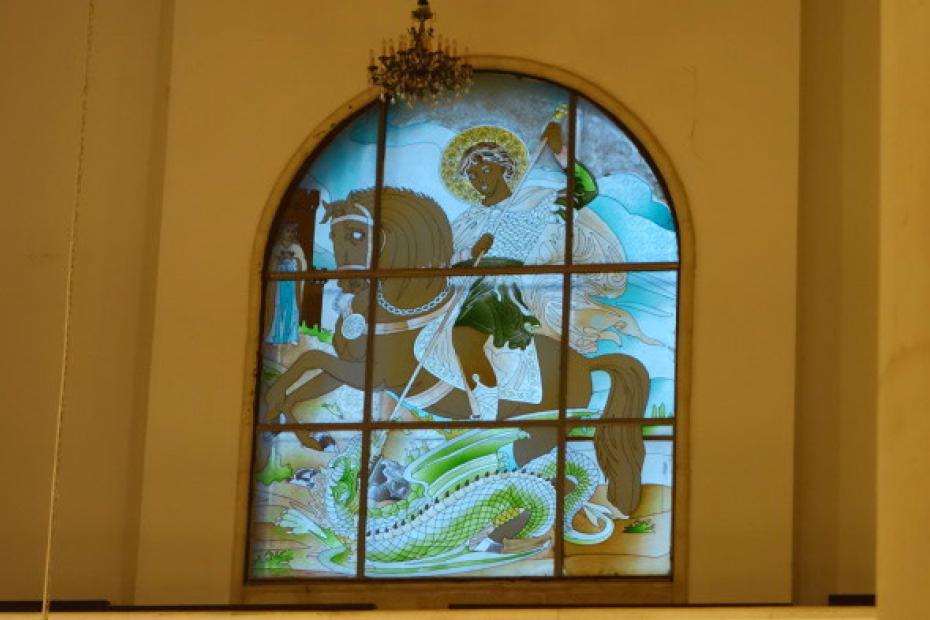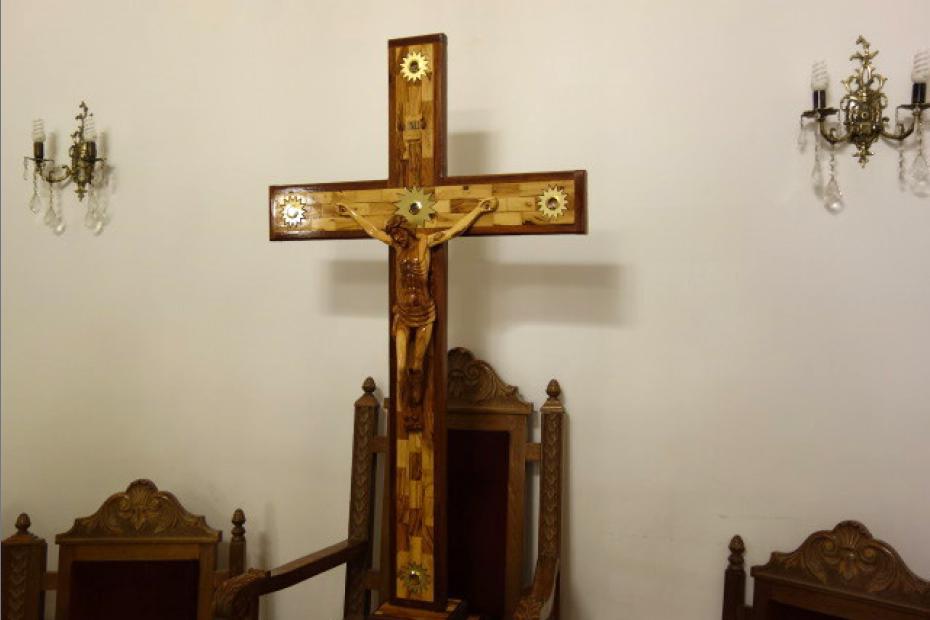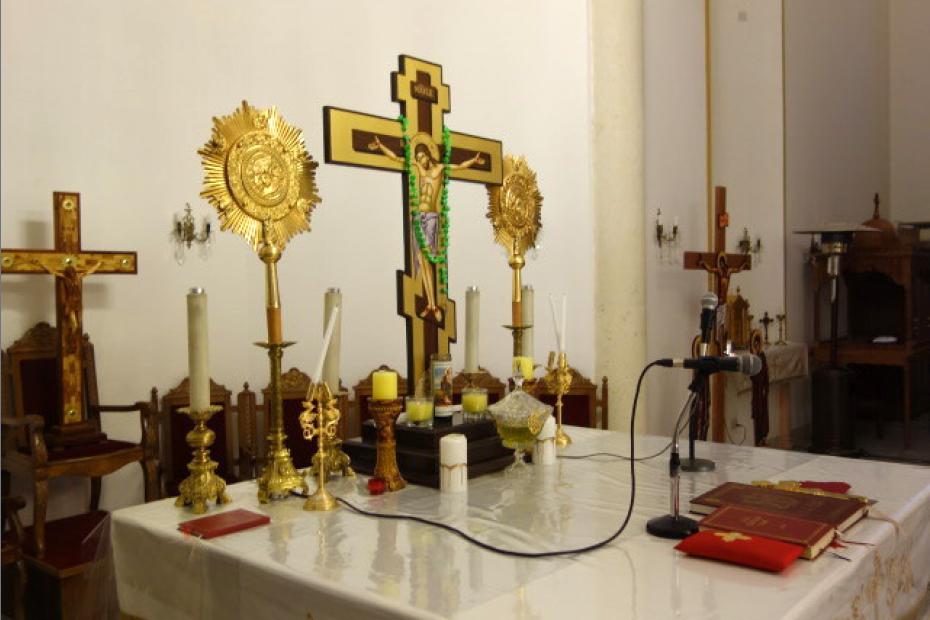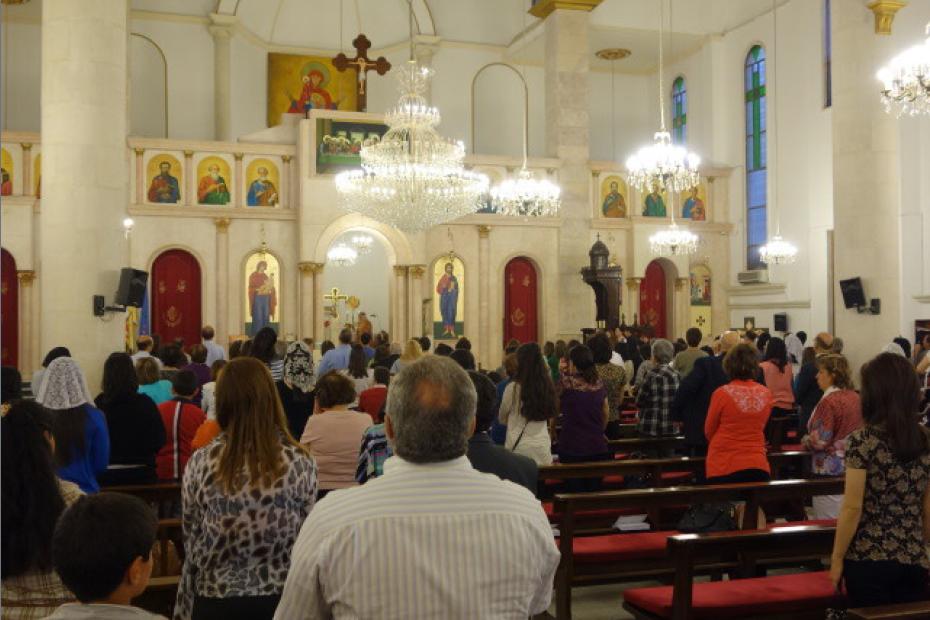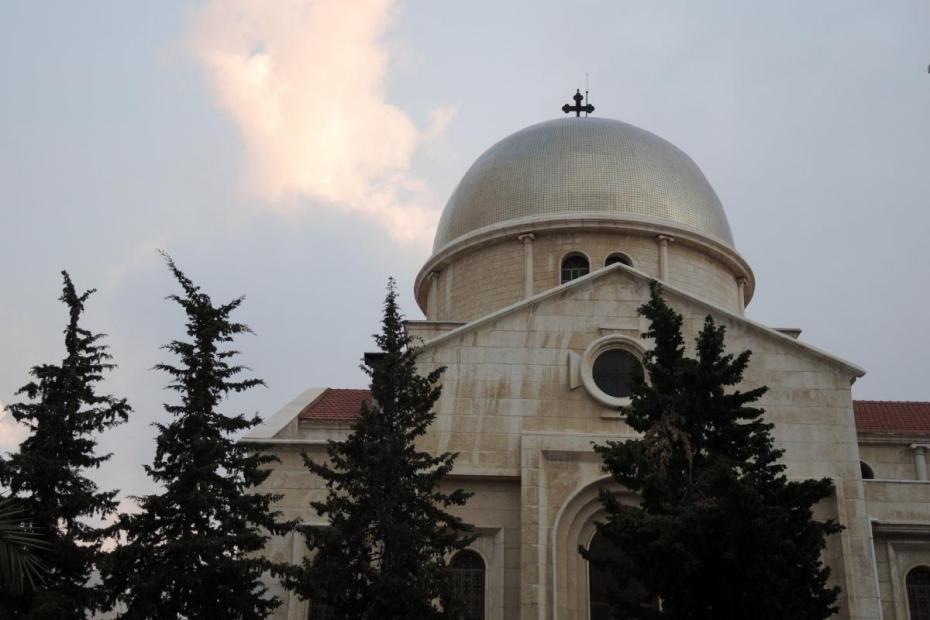Icons play a major role in the visual culture and spiritual life of Melkite Catholics. Much more deserves to be said about this than this site currently does—especially in terms of the way ordinary Melkite Catholics understand and experience iconography in their own lives. For the moment, some acknowledgement of the place of iconography needs to be made.
Icons are understood within the theological tradition of the Church as more than just religious paintings, but as windows to the divine, a means of presenting holiness to the world. Icons are offered to believers so that they can pray through them. They represent the Father, Son, Trinity, the Virgin and Child, or important saints, among other themes.
Read more
Ignatios Dick, “Sacred Art” in Melkites: Greek Orthodox and Greek Catholics of the Patriarchates of Antioch, Alexandria and Jerusalem (Roslindale, MA: Sophia Press, 2004), 123-136.
